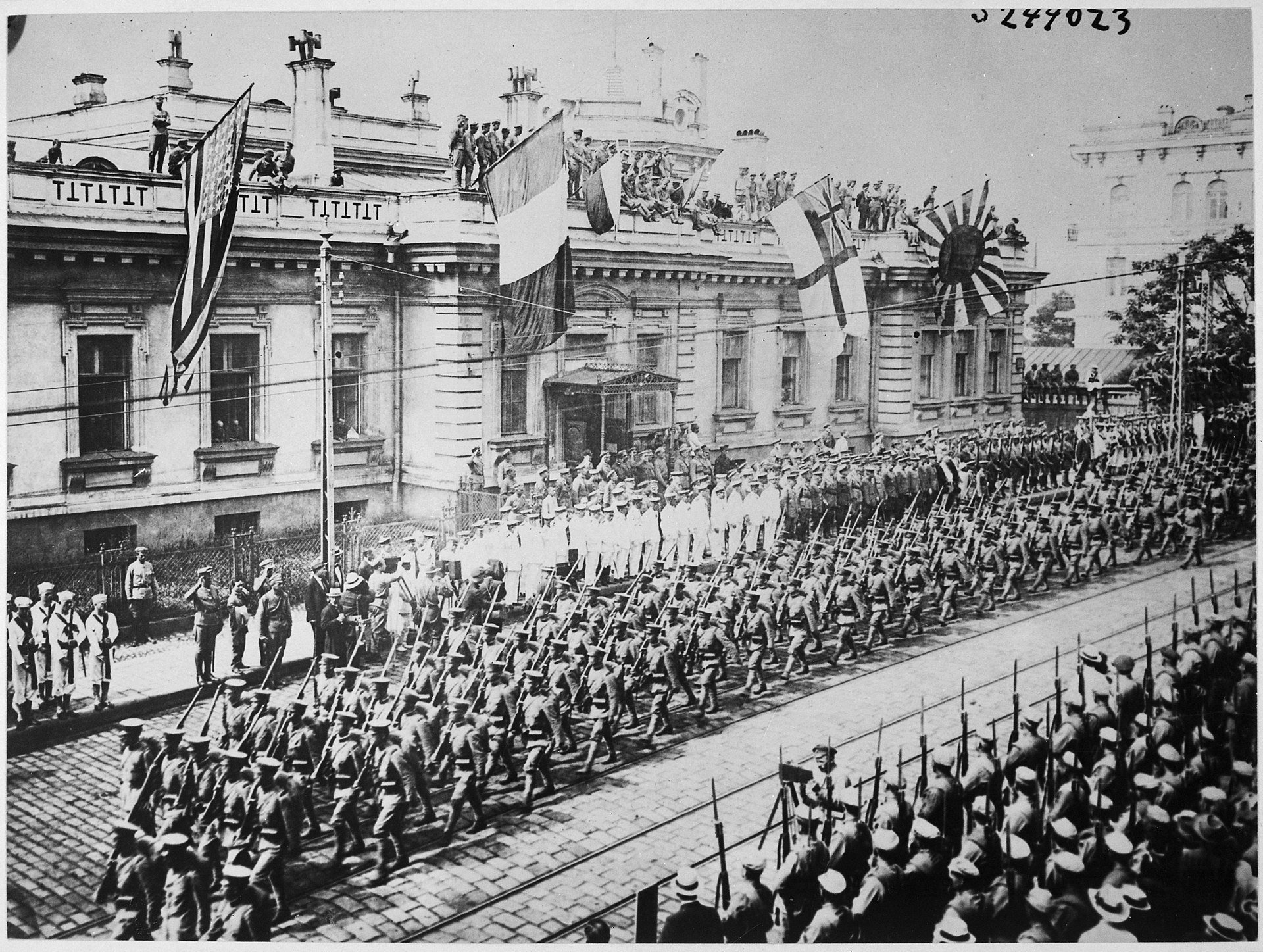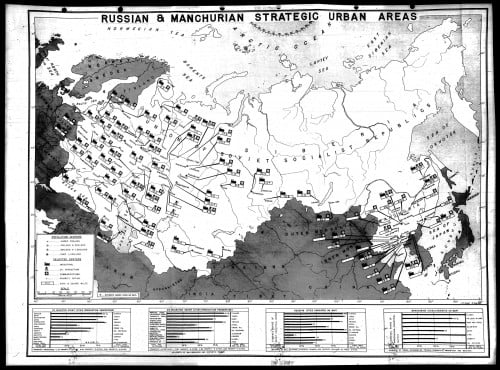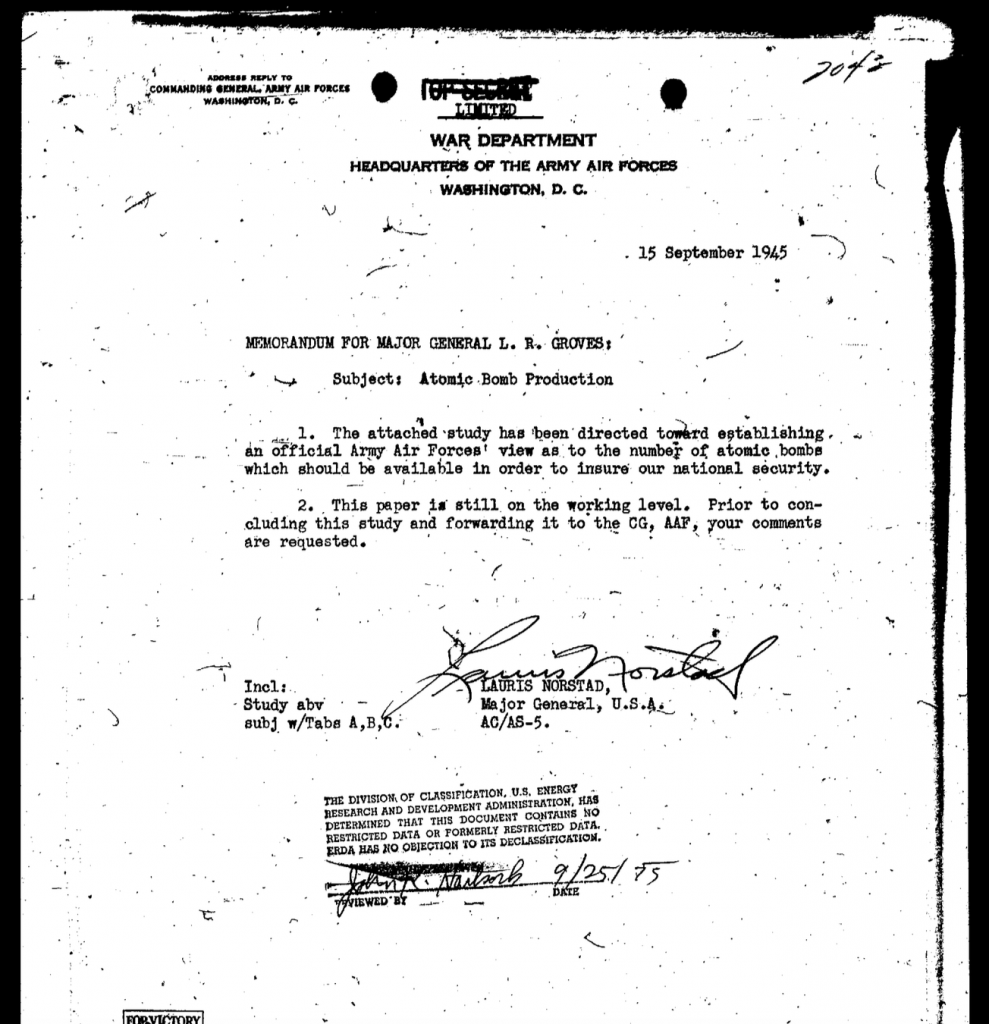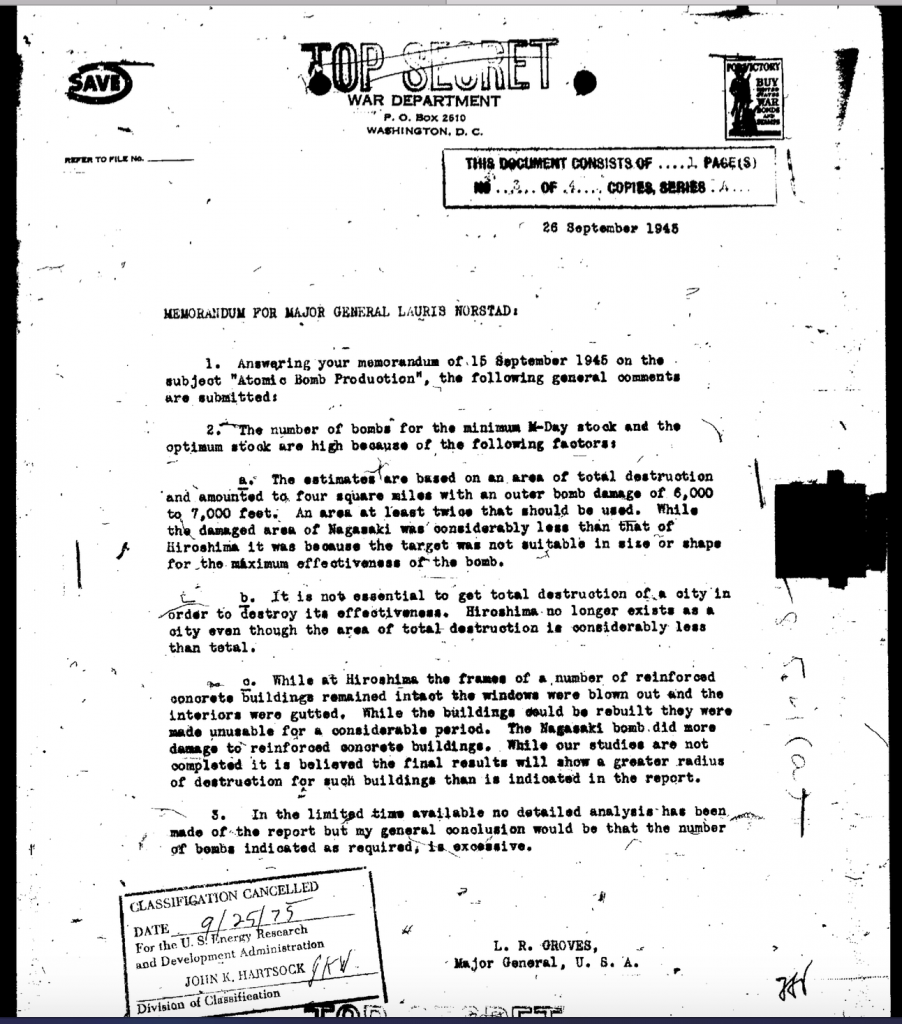America Has Been at War with Russia for More than 100 Years

All Global Research articles can be read in 51 languages by activating the “Translate Website” drop down menu on the top banner of our home page (Desktop version).
To receive Global Research’s Daily Newsletter (selected articles), click here.
Visit and follow us on Instagram at @globalresearch_crg.
.
Introduction
This article provides a brief summary on the history of US led wars against Russia and the Soviet Union.
It also provides a summary of the US Project to Wipe the Soviet Union off the Map: 204 atomic bombs, 66 cities. (September 15, 1945).
1. Brief History. Chronology
1918-1920: The first US and allied forces led war against Soviet Russia.
This happened exactly two months after the October Revolution, on January 12, 1918, and it lasted for about 2 years. (scroll down, section 2 )
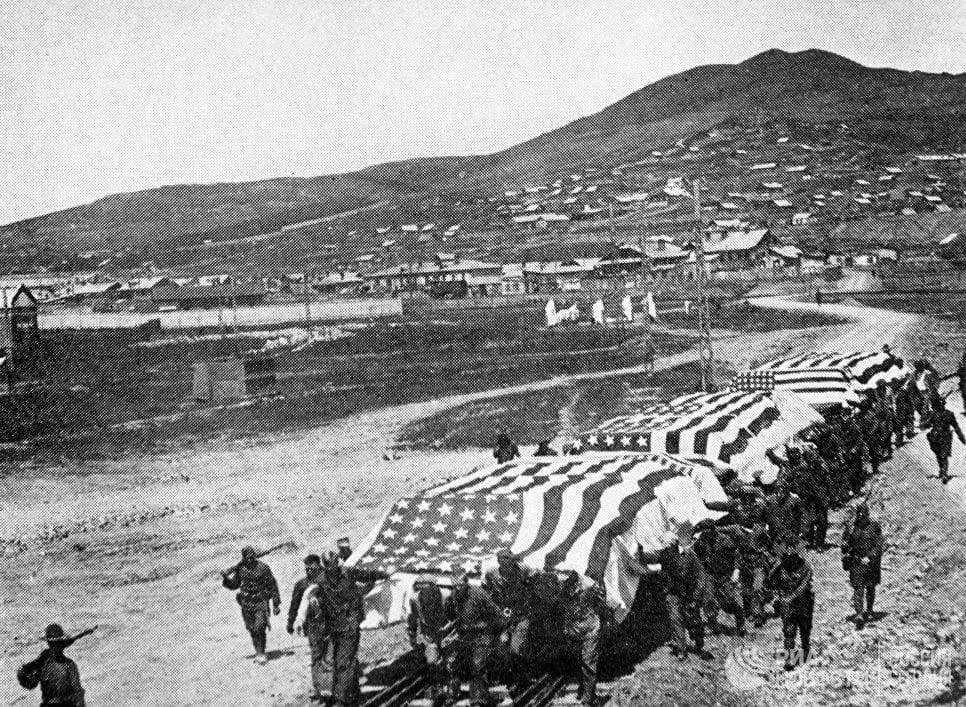
U.S Forces in Vladivostok, 1918
The Manhattan Project (1939-1945)
Initiated in 1939, with the participation of the UK and Canada.
Development of the Atomic Bomb. (see Section 3 below)
Hitler’s Operation Barbarossa initiated in June 1941
Truman, then a US Senator, said he wanted to see the Soviets and Germans “kill as many as possible” between themselves, an attitude which the New York Times later called “a firm policy”. The Times had previously published Truman’s remarks on 24 June 1941, and as a result his views would most likely not have escaped the Soviets’ attention. (Shane Quinn, Global Research, March 2022)
Trading with the Enemy legislation (1917) officially implemented following America’s entry into World War II did not prevent Standard Oil of New Jersey from selling oil to Nazi Germany. This despite the Senate 1942 investigation of US Standard Oil.
February 1945: The Yalta Conference. The meeting of Roosevelt, Churchill and Stalin.
Roosevelt, Churchill and Stalin met at Yalta in early February 1945 largely with a view to negotiating the post war occupation of Germany and Japan. .
Churchill’s “Operation Unthinkable”
A Secret attack plan against the Soviet Union formulated by Winston Churchill in the immediate wake of the Yalta conference.
The plan called for a massive Allied assault on 1 July 1945 by British, American, Polish and German – yes German – forces against the Red Army. They aimed to push them back out of Soviet-occupied East Germany and Poland, …
Eventually in June 1945 Churchill’s military advisors cautioned him against implementing the plan,
It was scrapped in June 1945.
April 12, 1945: The Potsdam Conference.
President Harry Truman and Prime Minister Winston Churchill approve the atomic bombing of Japan.
The Bombing of Hiroshima And Nagasaki. 6-8 August 1945
September 15, 1945: WWIII Blueprint. “Wipe the Soviet Union off the Map”
A World War III Scenario formulated by the US War Department
A plan to bomb 66 cities of the Soviet Union with 204 atomic bombs, when the US and USSR were allies. The Secret plan (declassified in 1975) formulated during WWII, was released less than two weeks after the official end of WWII on September 2, 1945 (scroll down)
1949: The Soviet Union announces the testing of its nuclear bomb.
.
2. The Forgotten War of 1918-20:
US and Allies Invasion of the Soviet Union
From a historical standpoint the US and its Allies have been threatening Russia for more than 105 years starting during World War I with the deployment of US and Allied Forces against Soviet Russia on January 12, 1918, (two months following the November 7, 1917 revolution allegedly in support of Russia’s Imperial Army).
The 1918 US-UK Allied invasion of Russia is a landmark in Russian History, often mistakenly portrayed as being part of a Civil War.
It lasted for more than two years involving the deployment of more than 200,000 troops of which 11,000 were from the US, 59,000 from the UK. Japan which was an Ally of Britain and America during World War I dispatched 70,000 troops.
US Troops in Vladivostok, 1918
US Occupation Troops in Vladivostok 1918
US and Allied Troops in Vladivostok in 1918
.
3. The Dangers of Nuclear War
.
At no point since the first atomic bomb was dropped on Hiroshima on August 6th, 1945, has humanity been closer to the unthinkable. All the safeguards of the Cold War era, which categorized the nuclear bomb as “a weapon of last resort”, have been scrapped.
Let us also recall the unspoken history of America’s doctrine pertaining to the conduct of nuclear war.
Unknown to the broader public, the first U.S. Doomsday Blueprint of a nuclear attack directed against the Soviet Union was formulated by the US War Department at the height of World War II, confirmed by “Top Secret” documents on September 15, 1945 when the US and the Soviet Union were allies.
There is an element of political delusion and paranoia in the formulation of US foreign policy. The Doomsday Scenario against the Soviet Union has been on the drawing board of the Pentagon for almost 80 years.
The Manhattan Project. “Wipe the Soviet Union off the Map”
Barely six weeks after the bombing of Hiroshima and Nagasaki, the U.S. War Department released a Secret Plan on September 15, 1945 to bomb 66 cities of the Soviet Union with 204 atomic bombs.
The September 1945 Plan was to “Wipe the Soviet Union off the Map” at a time when the US and the USSR were allies.
Confirmed by declassified documents, Hiroshima and Nagasaki served as a “Dress Rehearsal” (see references: historical details and analysis below).
The US threat of nuclear war against Russia was formulated more than 76 years ago in September 1945, when the US and the Soviet Union were allies.
It consisted in a “World War III Blueprint” of nuclear war against the USSR, targeting 66 cities with more than 200 atomic bombs.
This diabolical project under the Manhattan Project was instrumental in triggering the Cold War and the nuclear arms race.
Map of 66 Soviet Urban Strategic Areas to be Bombed with 206 atomic Bombs (Declassified September 1945)
Concluding Remarks
Had it not been for the September 1945 plan to “wipe the Soviet Union off the map” (66 urban areas and more than 200 atomic bombs), neither Russia nor China would have developed nuclear weapons.
There wouldn’t have been a Nuclear Arms Race.
***
For more details. and analysis, see the following articles:
By , June 15, 2024
By , May 12, 2024
By , June 02, 2024




